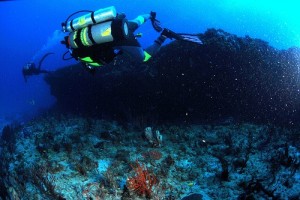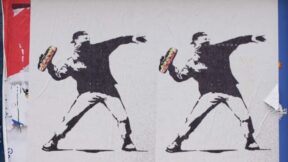In The BP Oil Spill, It’s What’s Under The Surface That Counts
 The photos of sea birds drowning in oil on a Louisiana beach were bad, but the worst damage to marine life from the Deepwater Horizon disaster is taking place 5,000 feet below the surface of the Gulf, according to a new report published in Newsweek.
The photos of sea birds drowning in oil on a Louisiana beach were bad, but the worst damage to marine life from the Deepwater Horizon disaster is taking place 5,000 feet below the surface of the Gulf, according to a new report published in Newsweek.
When oil spills into a body of water from above or from a shallow depth, it floats. But according to scientists, the presence of methane gas, high pressure, and scorching temperatures on the seabed where the BP spill is sprouting are changing the chemical composition of the crude and making it possible for the oil to remain submerged.
The result? Barely detectable plumes of microscopic oil particles that deplete underwater oxygen levels by as much as 30 percent. The largest that has been found is 22 miles long, 6 miles wide, and 3,000 feet thick, and marine biologists fear that these “undersea rivers of oil” will have a toxic effect on the Gulf ecosystem and beyond.
Tiny plankton that form the base of the food chain are the most endangered. If killed off, it is predicted that the rest of the chain would break apart and follow suit – tuna, sharks, squid, whales, etc. But the biggest loss felt by us here on land could come from the rarely seen bottom dwelling creatures, some of which contain compounds used in genome research and finding a cure for cancer.
Originally thought of as a myth, the possibility of underwater oil plumes was initially brushed aside by BP CEO Tony Hayward and federal officials. To make matters worse, it appears as though the chemical dispersants that BP is using to break up the oil are actually helping the process of turning oil spill into oil plume.
The BP oil spill: one cataclysmic development after another.




